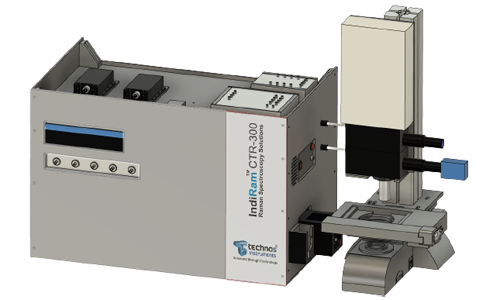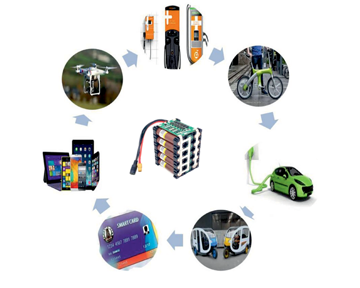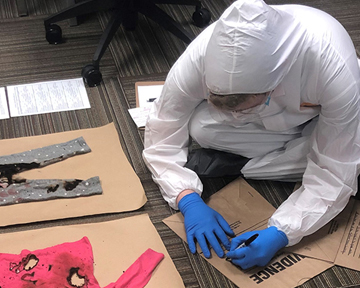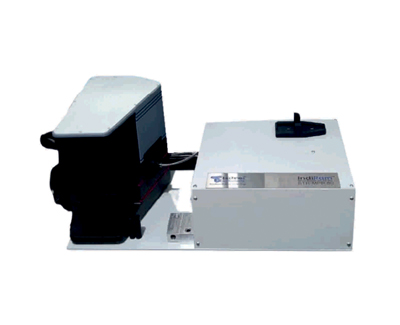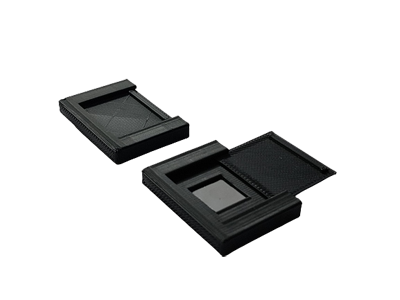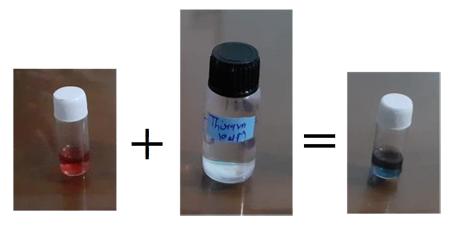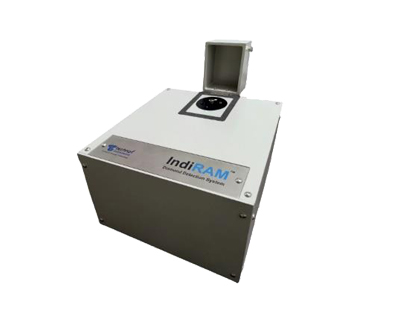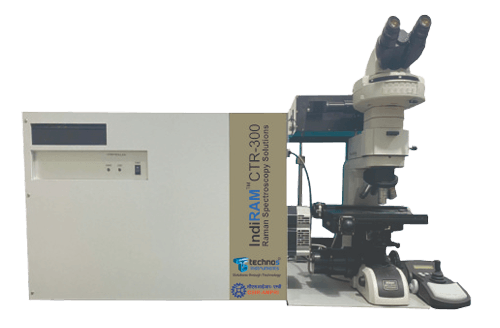About The product
Fluorescence-lifetime imaging microscopy (FLIM) is an imaging technique based on the differences in the exponential decay rate of the photon emission from a sample. Time of Fluorophore in the excited state defines the fluorescence lifetime. FLIM can be carried by both frequency or by time-domain techniques. Later technique directly measures the fluorescence decay function using pulsed excitation laser. Time-correlated single-photon counting (TCSPC) records times at which individual photons are usually detected by a SPAD with respect to the excitation laser pulse. The exponential decay fit of the histogram The IndiRAM CTR Raman/PL system with Quantum Emitter Microscope is a multi-purpose system capable of performing Quantum Emitter Characterization, Raman, Photoluminescence as well as Optical Emission Spectroscopy. The system consists of a Pulse Laser along with a single photon counting module (SPCM), a Pulse Synchronization unit, Motorized Scanning stage and a research grade microscope (Upright or Inverted) for TCSPC measurements. Along with these, it also contains a High throughput Spectrometer with a TE Cooled CCD and an optics box assembly to perform Raman/PL and OES Spectroscopy and Microscopy. obtained after the multiple set of experiments gives the lifetime function.
Product Features
- High Quality with cost Efficiency
- Compact, Modular and Flexible system
- Time-correlated single photon counting
- Super Sensitive with Ultra High Throughput
- Multi Purpose Raman/PL/OES/Quantum Emitter Microscope
- Confocal 3D fluorescence lifetime imaging microscopy with Correlation studies and Histogram
- Time-resolved photoluminescence (TRPL) measurement
- In-house Technical and IT Team for application based customization
Areas of Application
Semiconductor
Solar Cells
Photoelectron measurements
Life Science/Medical Diagnostics
Application Notes
Related Products
Exploring the Power of Quantum Characterization Systems
Embark on a journey beyond the limits of classical understanding and into the mesmerising realm of quantum mechanics. Welcome to an exploration of the unparalleled power and precision of Quantum Characterization Systems (QCS). In this realm, the seemingly paradoxical nature of quantum phenomena unfolds, and through the lens of QCS, we gain unprecedented insights into the fabric of reality itself.
Join us Raman with Quantum Measurement we peel back the layers of uncertainty, unveiling the transformative potential of these remarkable systems in unravelling the mysteries of the quantum world.
How Quantum Measurements Enhance Raman Spectroscopy
Raman spectroscopy, a powerful analytical technique, provides valuable insights into the molecular structure, composition, and dynamics of materials. However, Quantum Characterization systemby integrating quantum measurements, Raman spectroscopy transcends its conventional capabilities, offering enhanced sensitivity, resolution, and versatility. In this article, we delve into the mechanisms and applications of quantum measurements in elevating Raman spectroscopy to new heights of precision and efficacy.
Quantum Measurements Redefine Raman Spectroscopy's Potential
Raman spectroscopy has long been a cornerstone technique in the realm of molecular analysis, providing invaluable insights into molecular structure, composition, and interactions. However, with the integration of quantum measurements, Raman spectroscopy is experiencing a transformative evolution, pushing the boundaries of its potential beyond conventional limits. In this article, we explore how quantum measurements are reshaping Raman spectroscopy, unlocking new capabilities and applications that were once thought to be out of reach.
Raman with Quantum Measurements are redefining Raman spectroscopy's potential, ushering in a new era of precision, sensitivity, and versatility in molecular analysis. By leveraging the principles of quantum mechanics, researchers can push the boundaries of what is achievable with Raman spectroscopy, opening up exciting opportunities for advancements in fields ranging from fundamental research to applied technology. As quantum-enhanced Raman spectroscopy continues to evolve, it promises to revolutionize our understanding of molecular systems and catalyze breakthroughs in science and technology.
FAQ's
Quantum entanglement is a phenomenon where the properties of particles become correlated in such a way that the state of one particle instantly influences the state of another, even if they are far apart. In Raman spectroscopy, entangling photon pairs enables researchers to achieve unparalleled sensitivity and resolution by using one photon to probe the sample and the other as a reference. This enhances the detection of trace analytes with remarkable precision.
Quantum coherence allows particles to exist in superposition states and maintain phase relationships over time. By exploiting quantum coherence in Raman spectroscopy, researchers can achieve spectral selectivity and resolution far beyond classical limits. Manipulating coherence properties enables the resolution of intricate molecular structures, discrimination between subtle spectral features, and unveiling hidden molecular dynamics with exquisite detail.
Quantum correlations arise from the entanglement and interaction of quantum systems. By correlating Raman signals with complementary quantum measurements, such as quantum dots or spin qubits, researchers can extract richer information about molecular properties and interactions. This multimodal approach enables comprehensive molecular analysis, facilitating advancements in fields such as materials science, biotechnology, and nanotechnology.
Quantum algorithms and protocols, such as quantum machine learning and quantum-enhanced data clustering, empower researchers to extract valuable insights from complex spectral datasets with unprecedented efficiency and accuracy. By harnessing the computational power of quantum systems, researchers can uncover hidden correlations, patterns.

